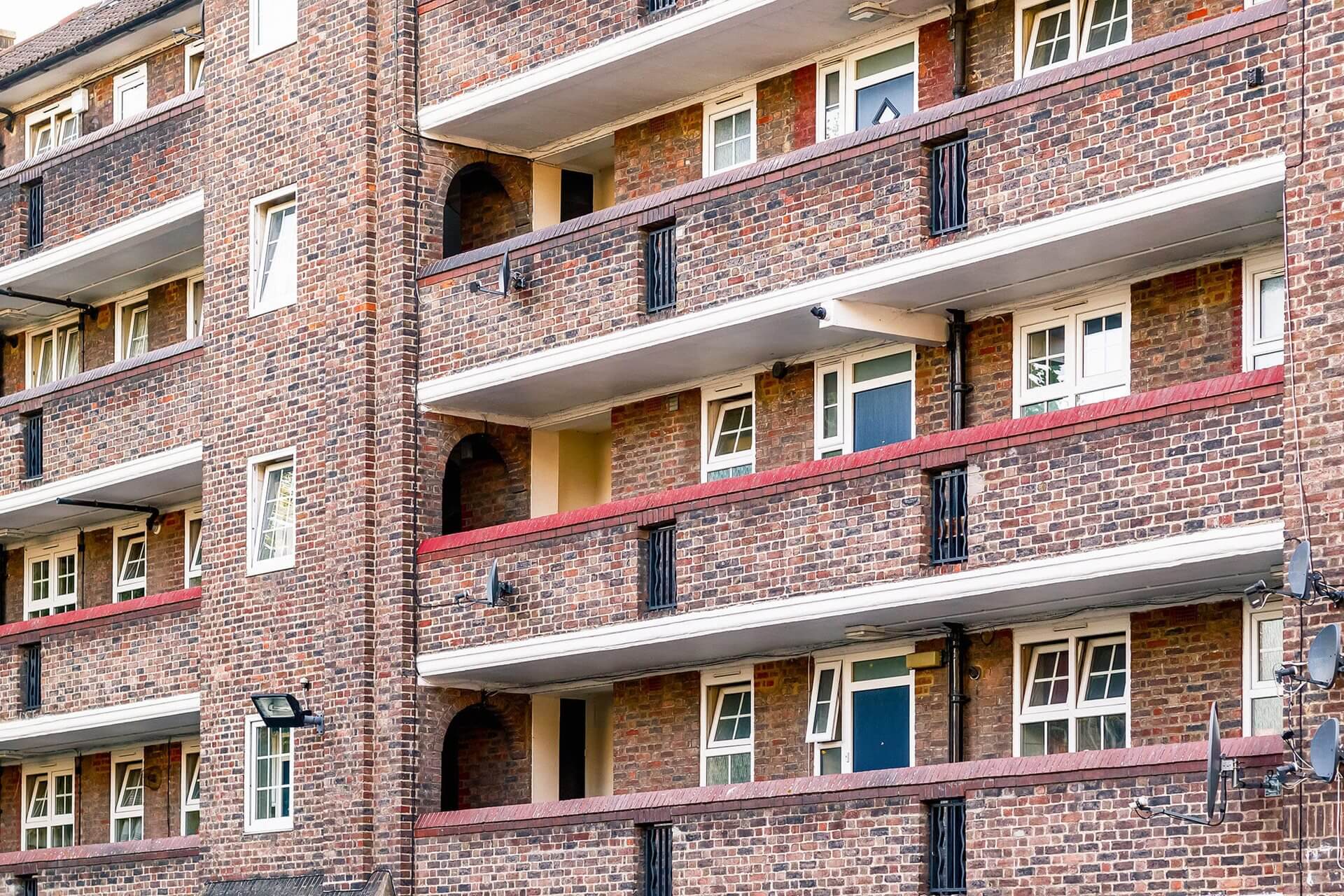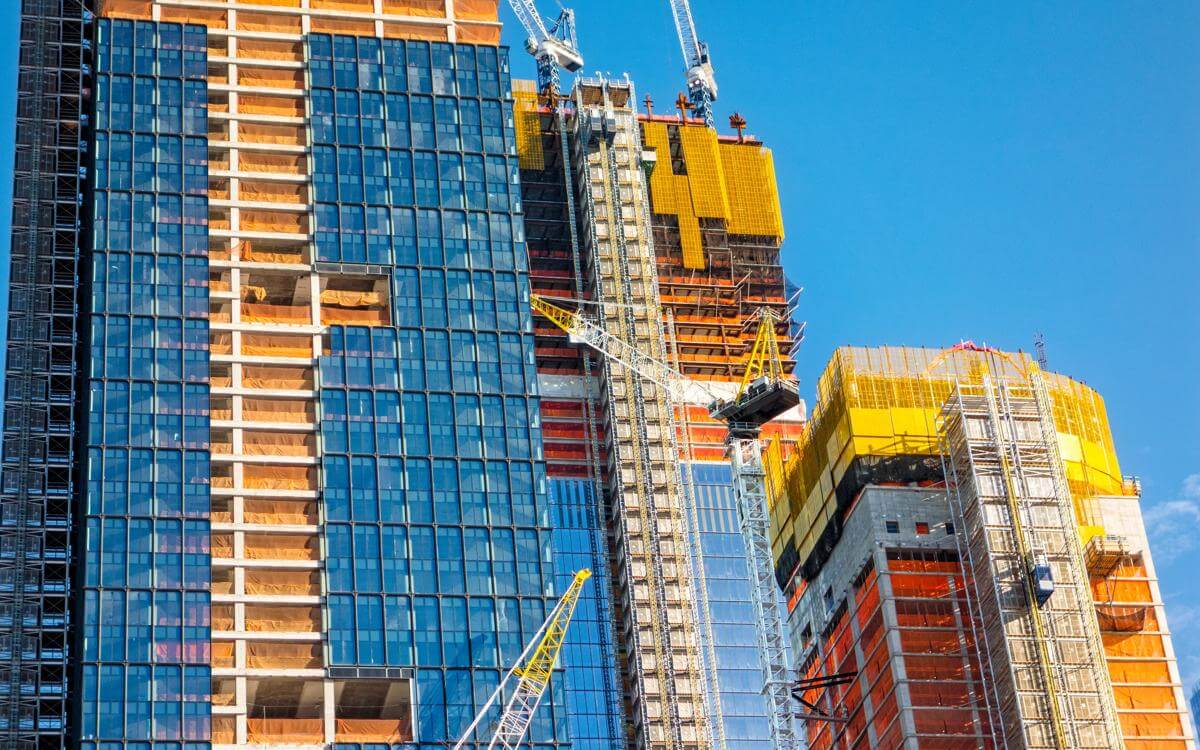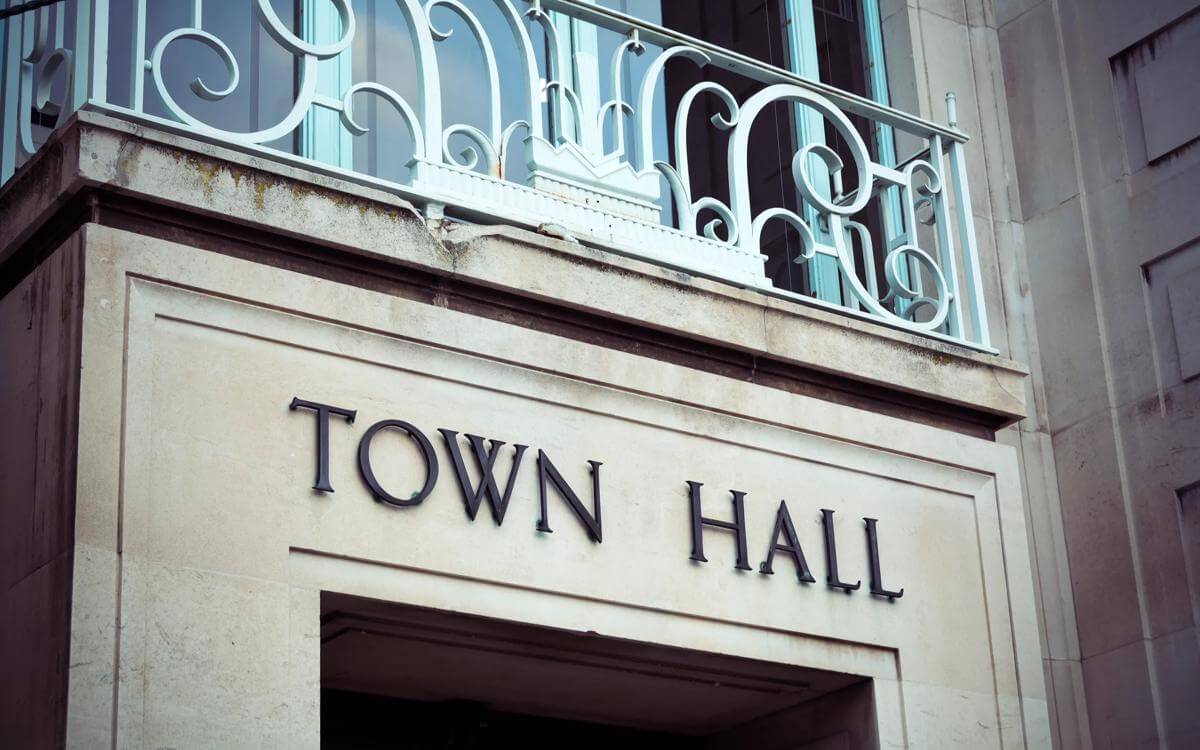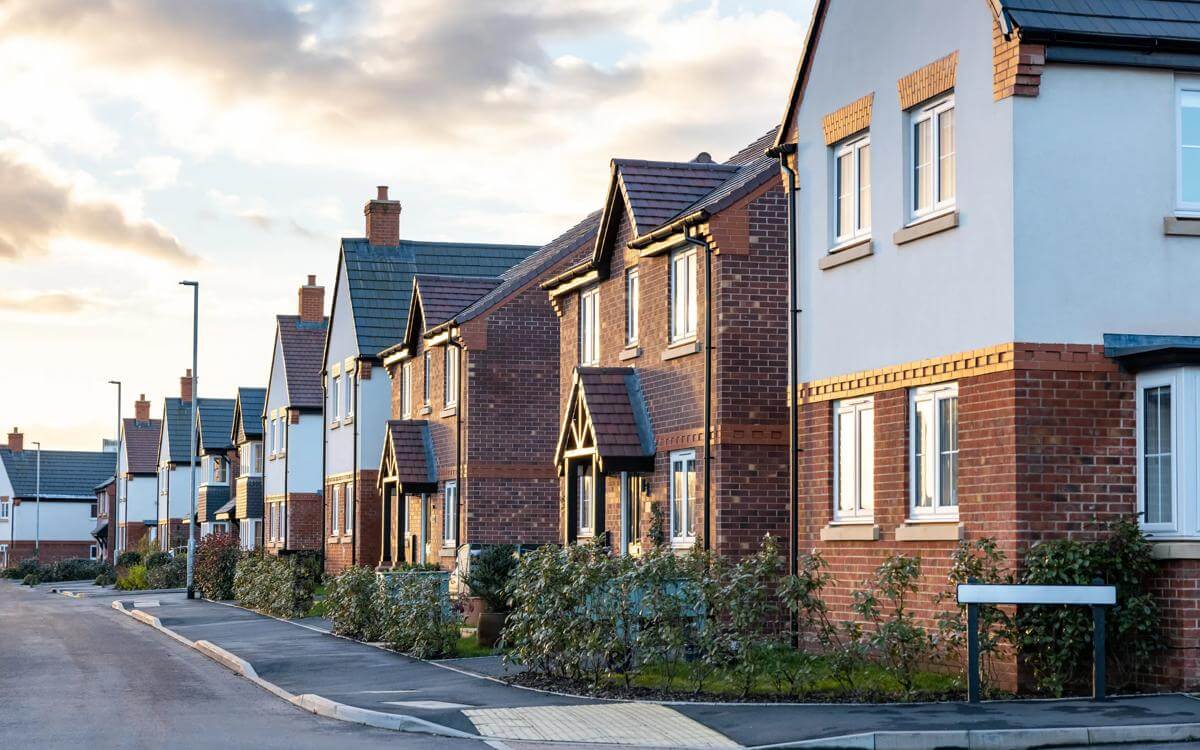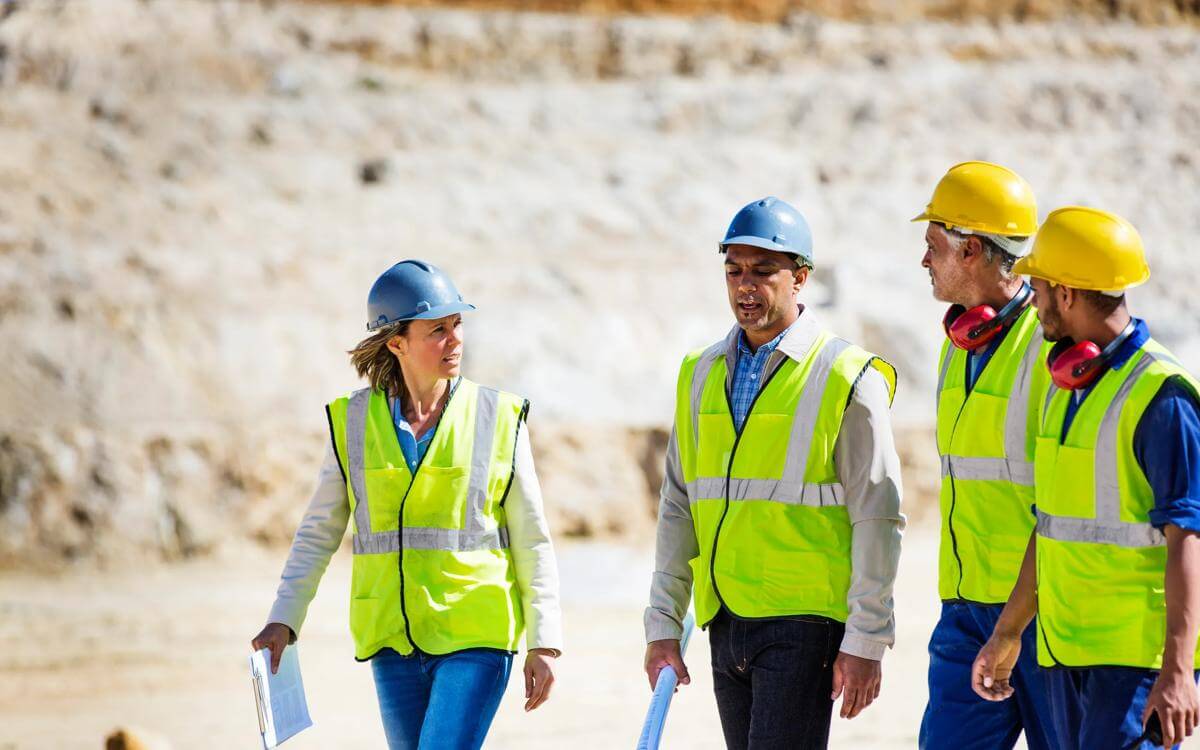The government finally confirmed on 6 February 2025, that the phased implementation of Awaab’s Law will commence in October 2025.
Awaab’s Law
Awaab Ishak was a 2 year old boy who died following prolonged exposure to mould in the flat his family rented from Rochdale Boroughwide Housing. In the wake of public outcry, and following the coroner’s report, Awaab’s Law was introduced via the Social Housing (Regulation) Act 2023. This amended S.10A of the Landlord and Tenant Act 1985 to imply an obligation into all social housing tenancies that the landlord will comply with all “prescribed requirements” applicable to the lease within a specified period of time. Whilst the focus of the public campaign for Awaab’s Law was damp and mould, the wording of the law can, in effect, require a social landlord to address reports of not only damp and mould but all of the 29 hazards specified in the Housing Health and Safety Rating System (England) Regulations 2005. However, the precise extent of the duty and how quickly the landlord had to respond was not specified and Awaab’s Law required secondary legislation to implement it.
In January 2024 the then government launched a consultation on timescales for undertaking investigations and carrying out repairs and set out which of the specific hazards it proposed would be included within the scope of Awaab’s Law. The consultation proposed a 14 calendar day investigation period for potential hazards, but 24 hours to address emergency repairs that pose an imminent danger, 7 calendar days to complete repairs if a hazard is found that poses a significant health or safety risk to the tenant, and that all other repairs to be completed with a “reasonable time frame”. The consultation closed in March 2024 having received over 1000 responses and while we still await the consultation response, we now know when Awaab’s Law will take effect.
Phased implementation
The government has now confirmed that, from October 2025, social housing landlords will be required to investigate and resolve dangerous damp and mould hazards within a set timeframe (which is still to be confirmed) and all emergency repairs must be addressed within 24 hours. From 2026 the government intends to extend the repairing obligations to include excess cold and excess heat, falls, structural collapse, fire, electrical and explosions, and hygiene hazards. In 2027 the obligation will expand to include the remaining hazards, with the exception of overcrowding. The government also intends to extend Awaab’s Law to the private rental sector.
The phased approach has been criticised by Shelter who said: “four years after Awaab’s death… today’s announcement means social housing tenants will have to wait years longer for this vital protection. These delays to implementation represent a real risk to the health and safety of tenants, and puts lives at risk.”
The Chartered Institute of Housing counters that the phased implementation “will provide social landlords with the time and clarity they need to embed these new responsibilities effectively, ensuring that the most urgent risks are addressed.” Angela Raynor, the Housing Secretary and Deputy Prime Minister, defended the phased approach, saying: “the sequencing will allow us to apply the protections that Awaab’s Law provides to damp and mould earlier than would be the case if we sought to apply it to a wider group of hazards from the offset. It will also provide for an initial period of testing and learning to ensure the reform is being delivered in a way that benefits social tenants and secures the lasting legacy that Awaab Ishak’s family have fought so hard for.”
Implications for Legal Liability
Under s.11 Landlord and Tenant Act 1985, landlords are only responsible for damp and mould caused by a structural defect. The Homes (Fitness For Human Habitation) Act 2018, amended the Landlord and Tenant Act 1985 to require that a landlord will ensure a property is fit for human habitation (with reference to the 29 prescribed hazards), unless the unfitness is wholly or mainly attributable to the tenant’s own breach of the tenancy agreement, for example a failure to report repair needs, carrying out poorly executed and/or unauthorised works, or a failure to properly heat or ventilate the property.
The provision of timescales for compliance by social landlords under Awaab’s law will extend the landlord’s duty further. Failure to comply with these repairing obligations within a reasonable period of time following notice of an issue is a breach of contract and tenants can bring claims against their landlord to seek performance of their repairing obligations and compensation. It is likely the Courts will consider compliance with these (not yet confirmed) prescribed time limits when assessing whether a social landlord has carried out repairs within a reasonable period of time. Given a substantial amount of social housing suffers from damp and mould issues, and social landlords are already dealing with unprecedented levels of disrepair claims, this presents a significant challenge.
What can social landlords do now to ensure compliance with Awaab’s Law?
There are a number of steps landlords should consider now, to ensure they are in the best position possible to comply with what is likely to be a stricter timeframe for damp and mould repairs:
- Ensure all maintenance staff and contractors are aware of the 29 hazards, how to identify if the issue is an emergency repair and the appropriate time frames for resolution. It is vital that all reports of damp and mould are addressed promptly, but also that staff are looking for any underlying cause of the damp and mould and taking steps to address this. Specialist damp reports may assist.
- Assess whether repairs team/contractors have the capacity to meet the timescales, including weekend working given the reference in the consultation to calendar days, not working days. If not, consider what steps will be required to cope with the new laws once implemented. Whilst this may involve additional cost, the costs involved in dealing with further legal claims for a failure to comply with the timescales will quickly escalate, particularly if works remain outstanding. Investment in staffing levels now will help reduce legal spend further down the line.
- Review contractor relationships. Do they have trusted contractors who will be able to ensure the issues are resolved promptly and adequately? If not, are there appropriate indemnities in place? Have they considered a bank of contractors in the event their current contractors cannot comply with the timeframes? Do they have the ability to properly monitor compliance with deadlines by their contractors and quality check their work?
- In the event works cannot be completed within the required timeframe, do they have decant properties readily available if a tenant has to move out, or agreements with third party accommodation providers in the case of an emergency decant?
- Ensure record keeping is adequate and that where contractors are used, they provide thorough records of their findings and works carried out at properties. Any access issues should also be properly recorded.
- Ensure tenants are educated on preventing damp and mould and consider the use of smart systems for issues such as heating and ventilation, which can feed back data on how installations, to include the heating system and extractor fans, are being used by the tenant.
The implementation of prescribed timeframes for damp and mould works will undoubtedly cause added pressure for social landlords, but will also result in an increase in claims if those timeframes are not met – we can expect Claimants to rely on the timeframes as representing a standard for a “reasonable period of time” in which to undertake the works and resolve the issue. It is therefore vital that social landlords take steps now to ensure they can manage and respond to reports of damp and mould in order to avoid unnecessary litigation and associated legal costs, which often far outweigh the cost of repairs.

